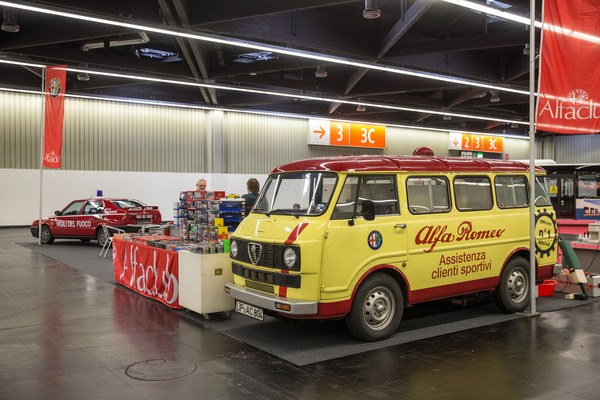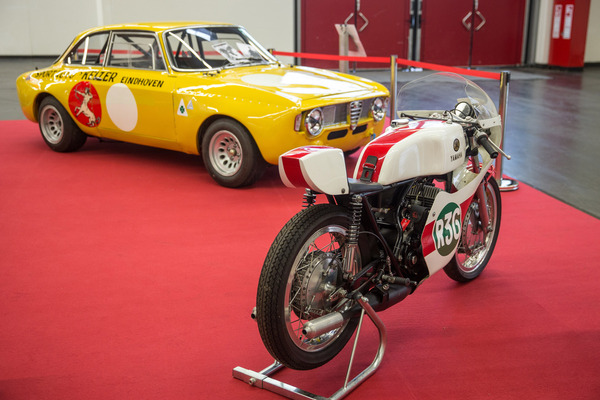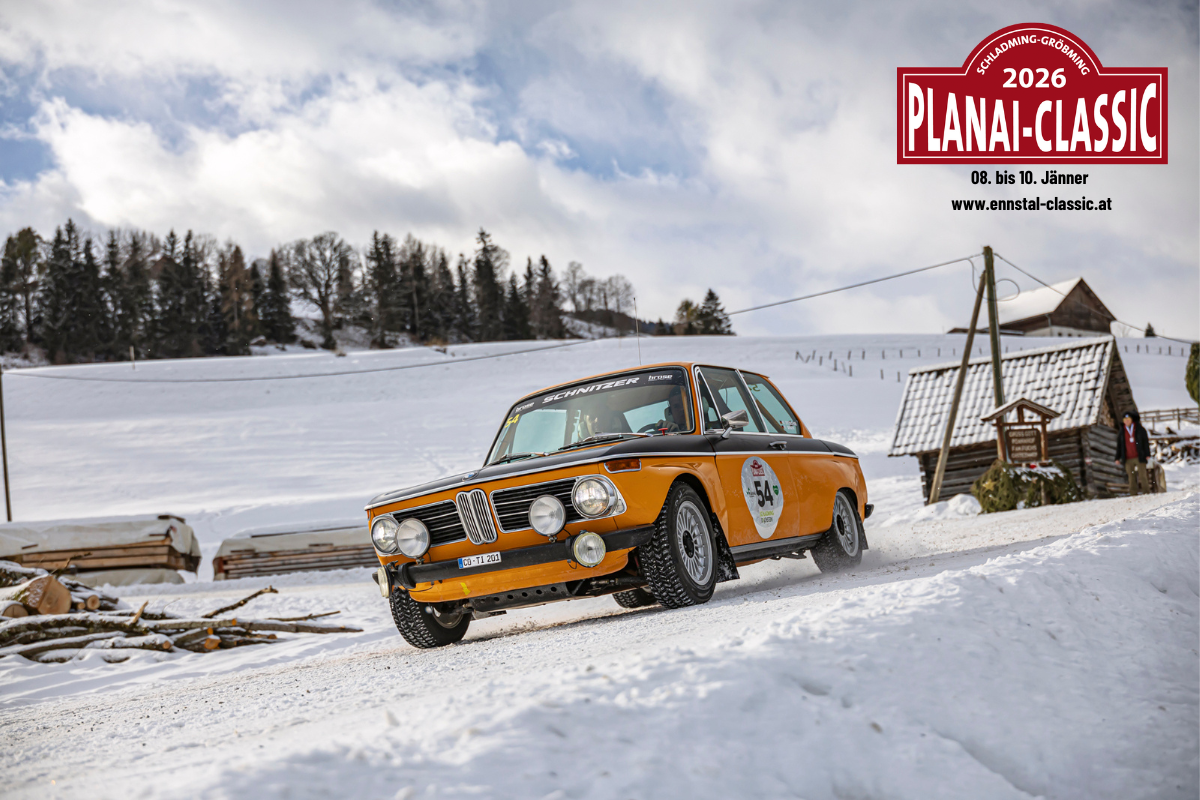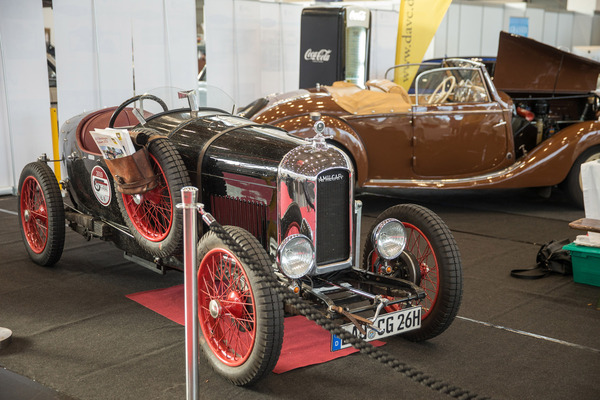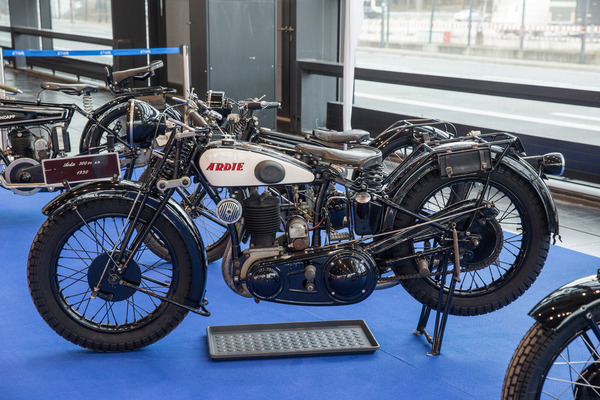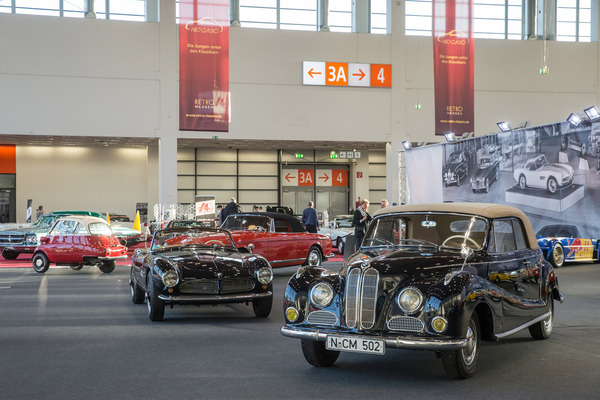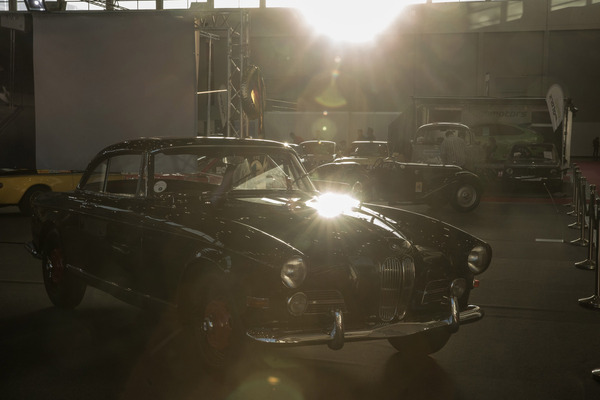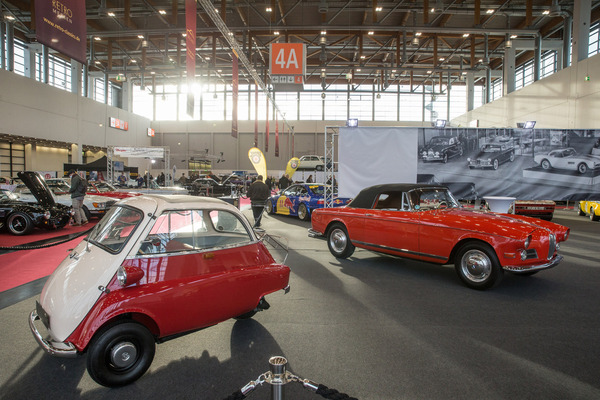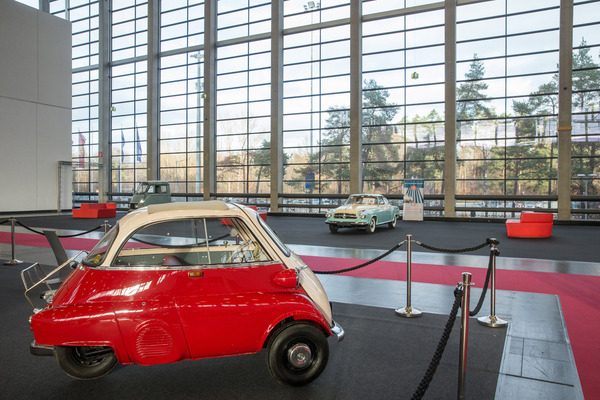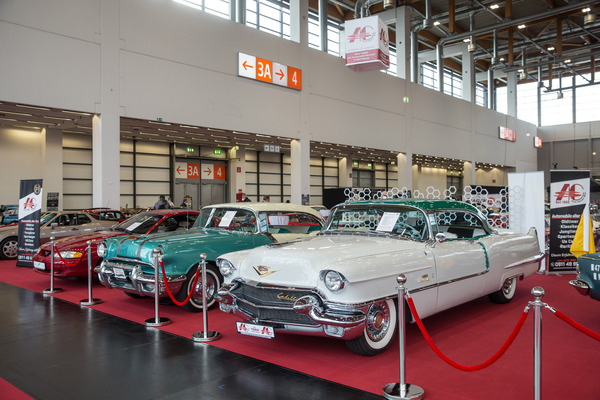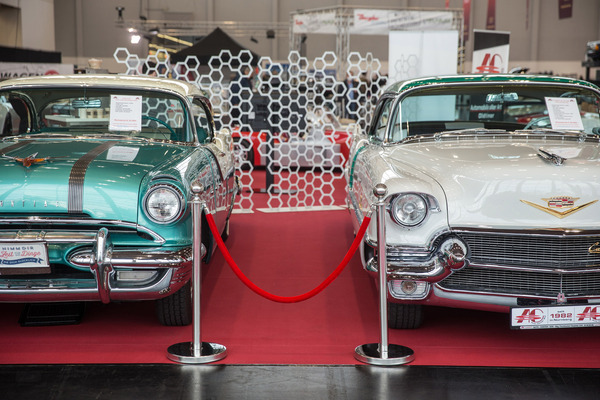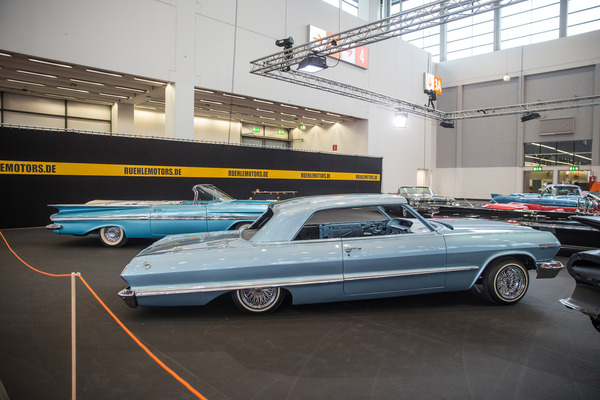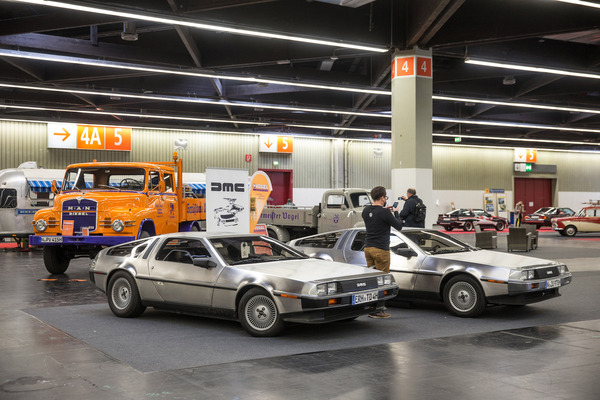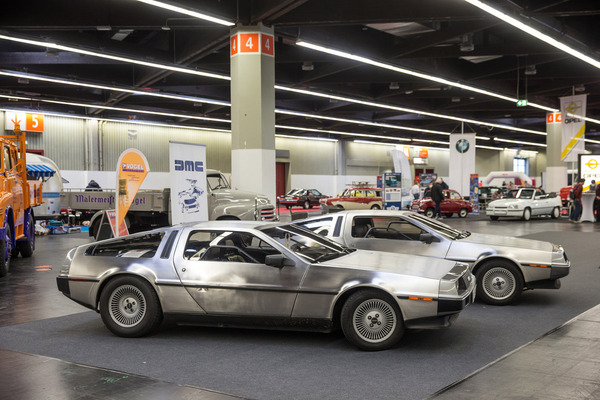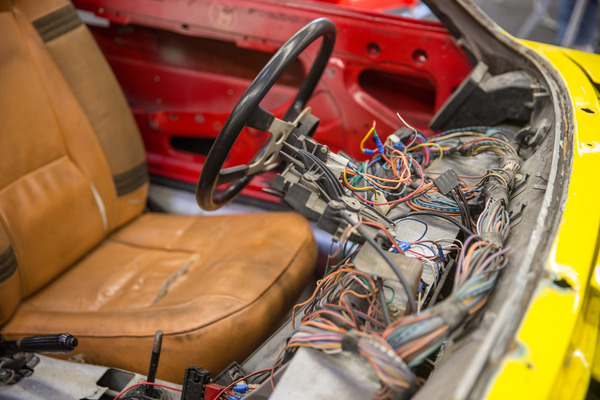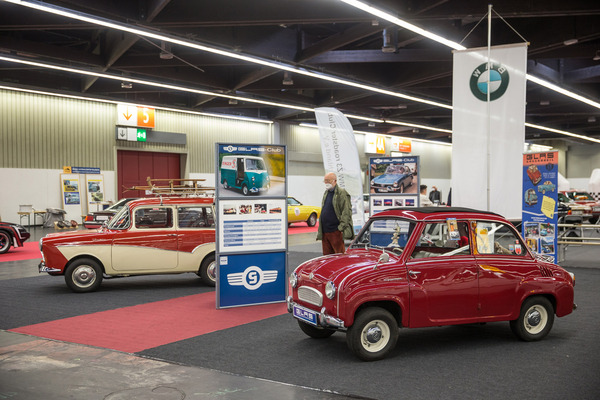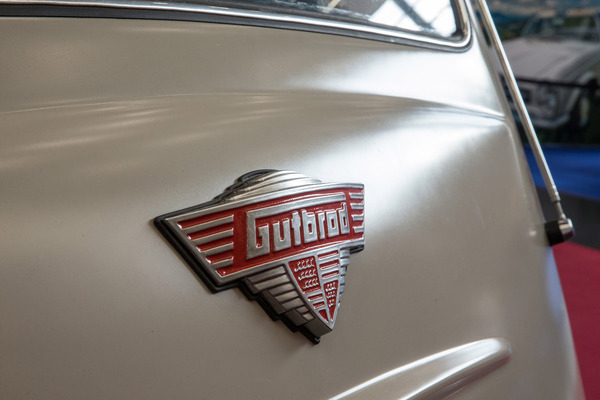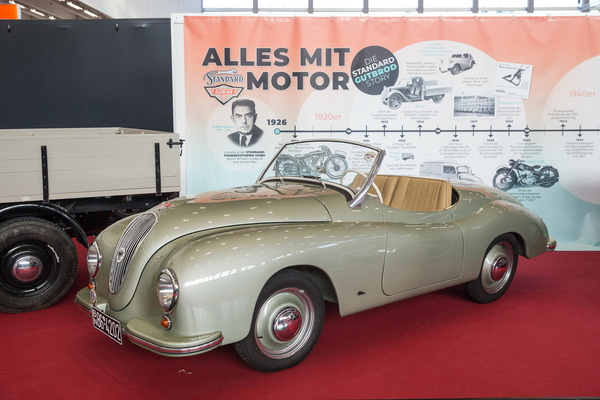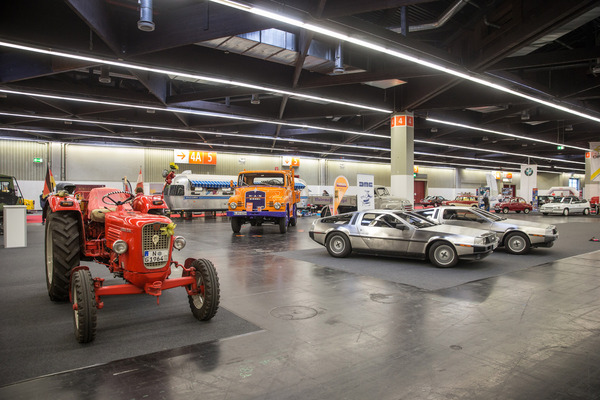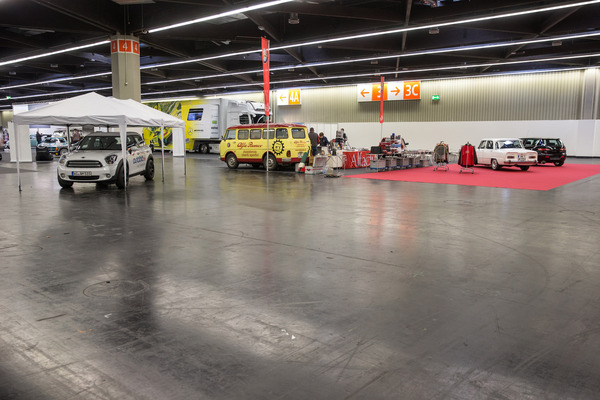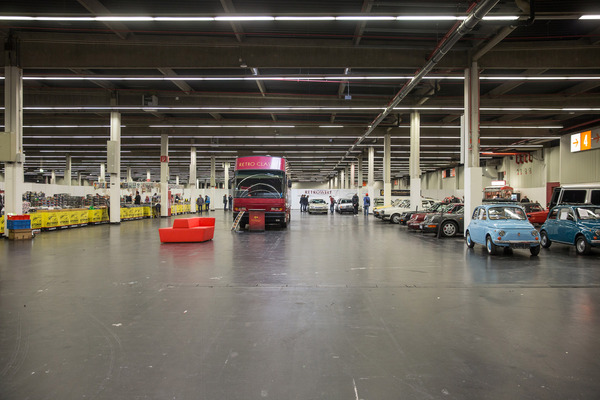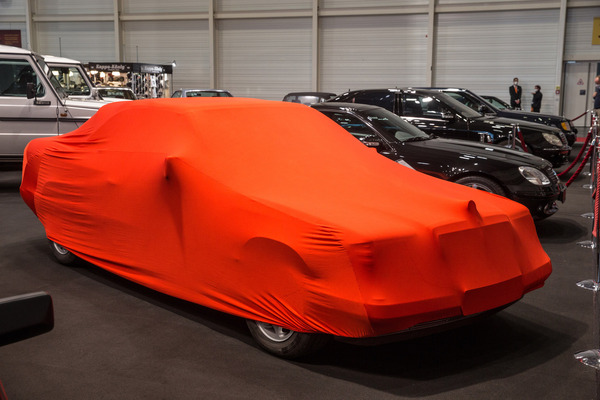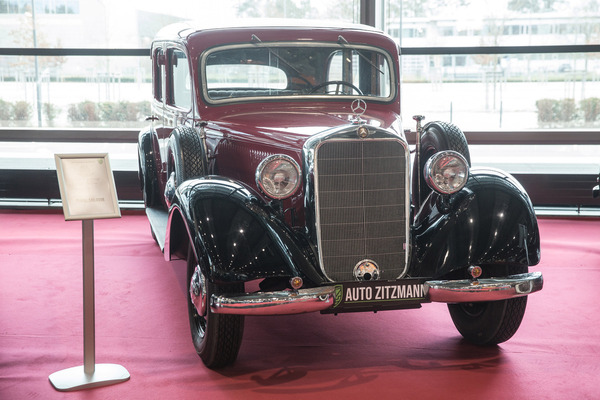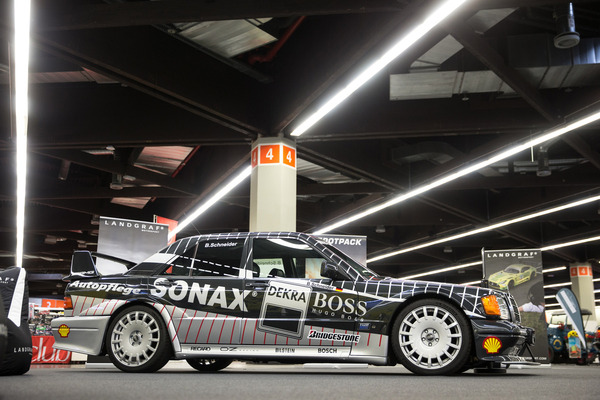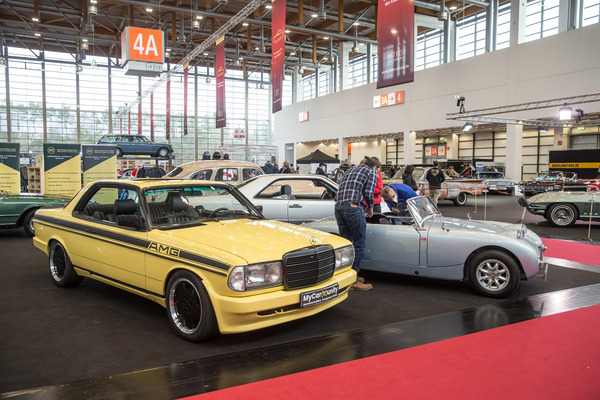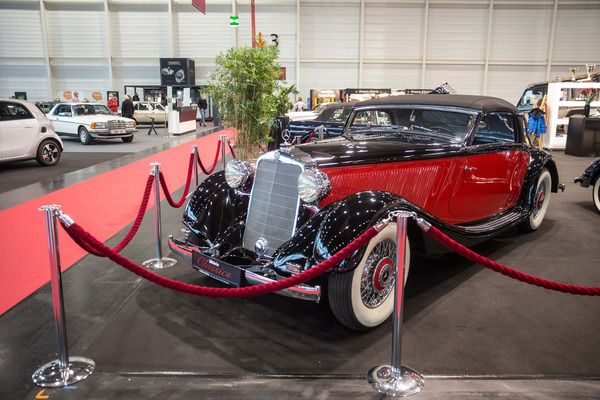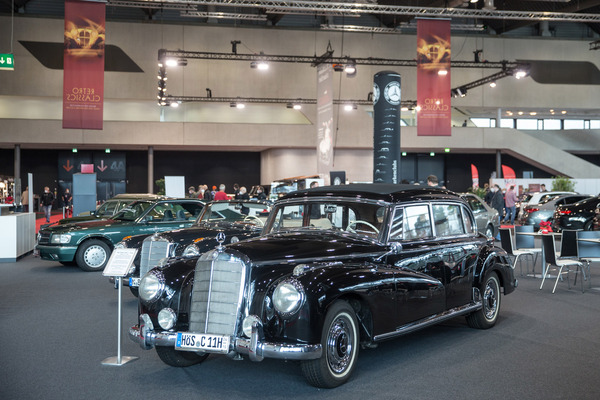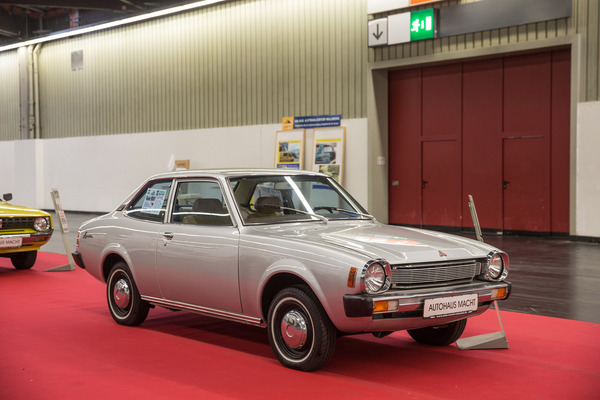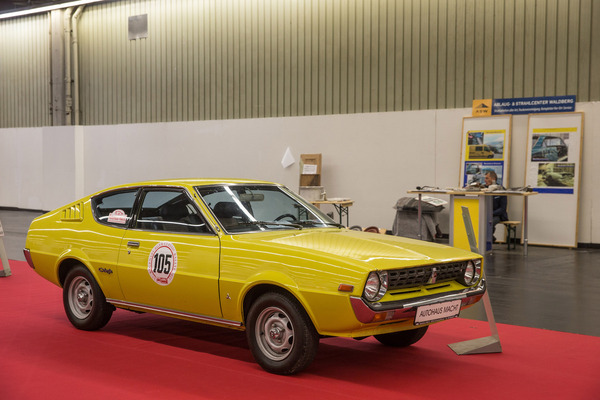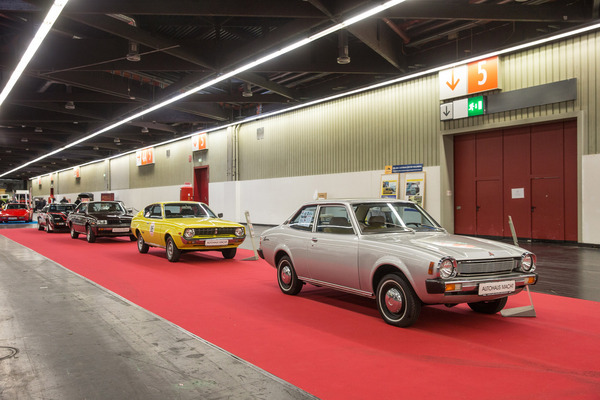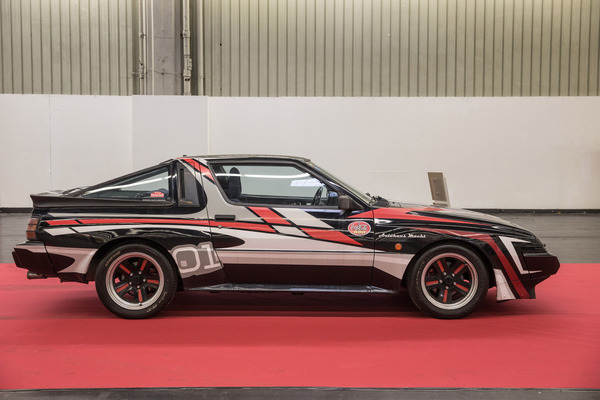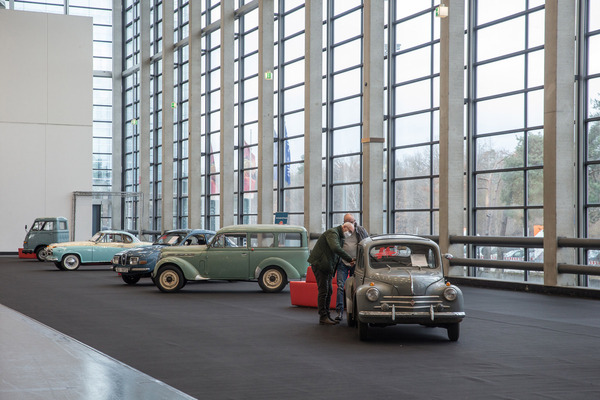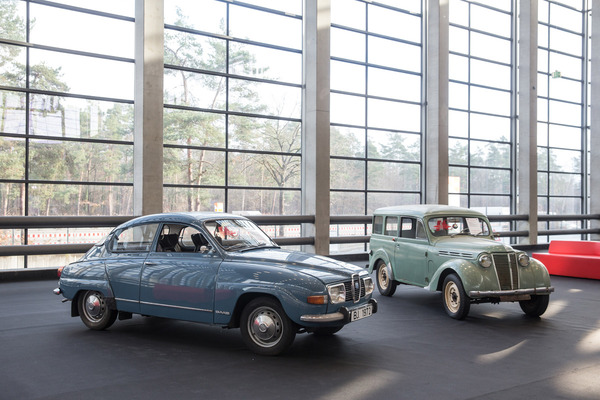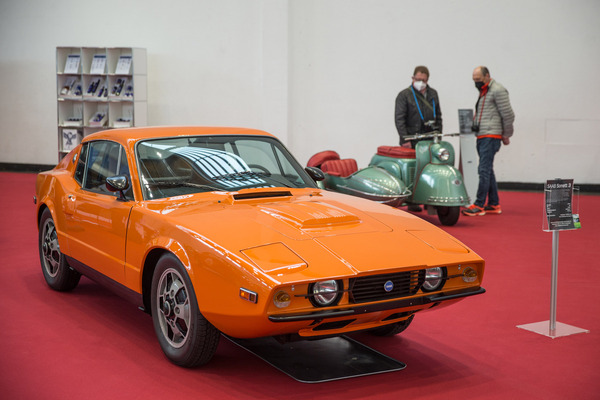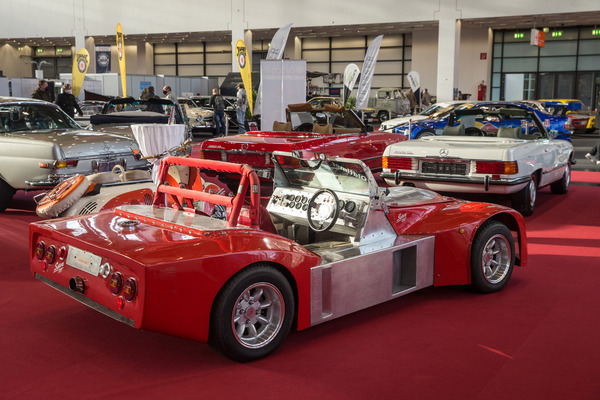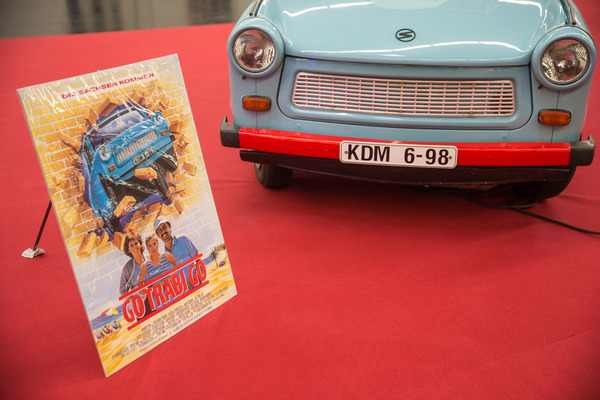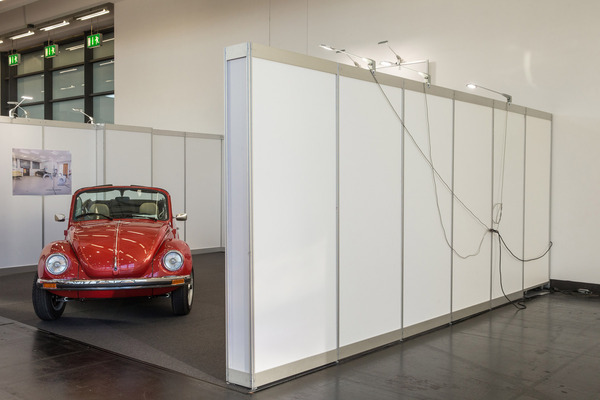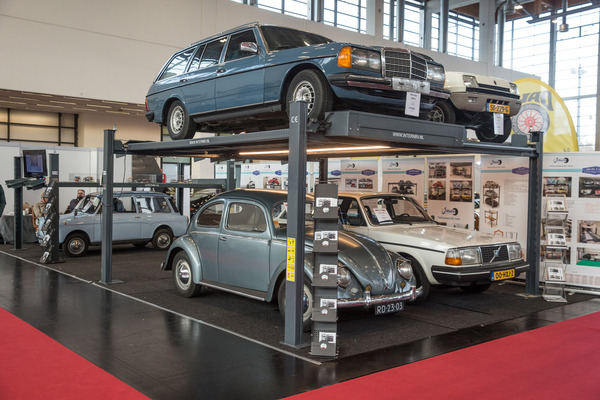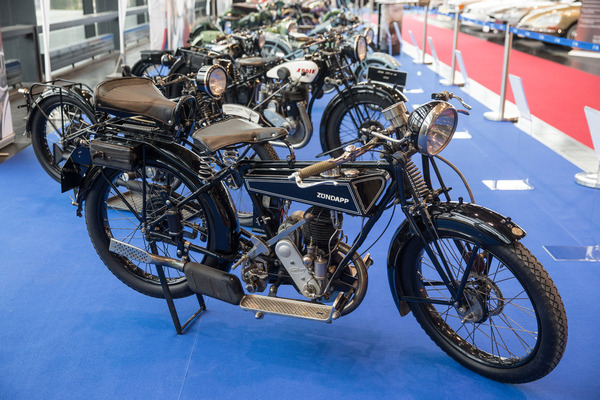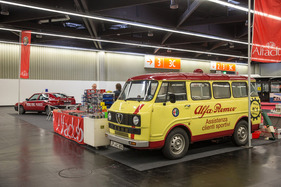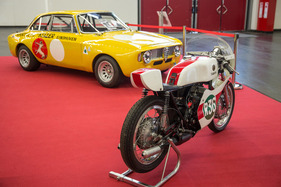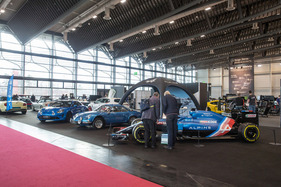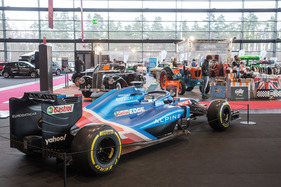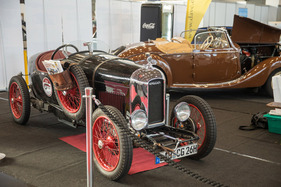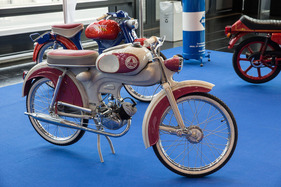Retro Classics Bavaria in Nuremberg from December 3 to 5 was the trade fair to end the year. In the midst of the fourth wave of coronavirus, it withstood all the pressure of the pandemic and took place. That was the right thing to do, but the organizer can't really be happy about the visitor numbers. Friday at least was very sparsely attended, while the weekend obviously attracted more classic car enthusiasts. Although corona tests were offered directly in front of the entrance and there was plenty of space to keep your distance from each other, the number of visitors was significantly lower than at previous events. In addition, some exhibitors had to cancel because they were unsure of the situation. Unsettled by the lockdown, all the Austrians threw in the towel.

Those who were there in Nuremberg were able to enjoy the trade fair among like-minded people despite the reduced scope. According to the organizers, the corona restrictions had mainly kept away the less car-savvy "strollers", so that this year an above-average knowledgeable clientele populated the halls. Thanks to the low crowd density, everyone also had plenty of time to chat with each other. There was no stress whatsoever - neither when taking photos nor when looking at the cars.
German and Japanese exotics
The three Gutbrod cars on the "Rare & Unique Vehicles" magazine stand were certainly a highlight of the show. In addition to a very rare Atlas van, there was one of only two surviving Superior Sport Roadsters with a Wendler body in Jaguar style and the Standard Superior small car prototype by Austrian Josef Ganz.
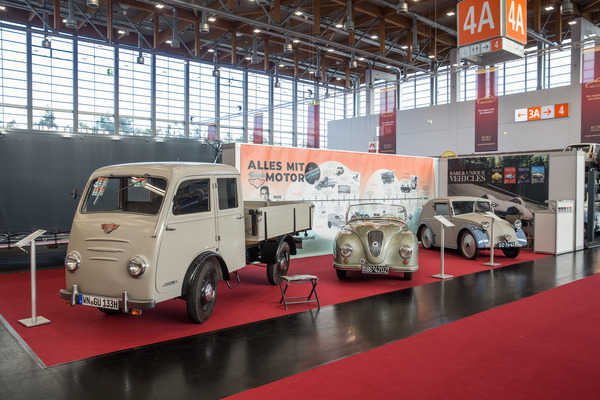
Autohaus Macht presented a small collection of Mitsubishi models with which the Japanese company entered the European market in the 1970s: the Lancer saloon and the Celeste, Sapporo and Starion coupés. The rally versions of the Lancer Turbo and Lancer Evolution III and VI were also on display.
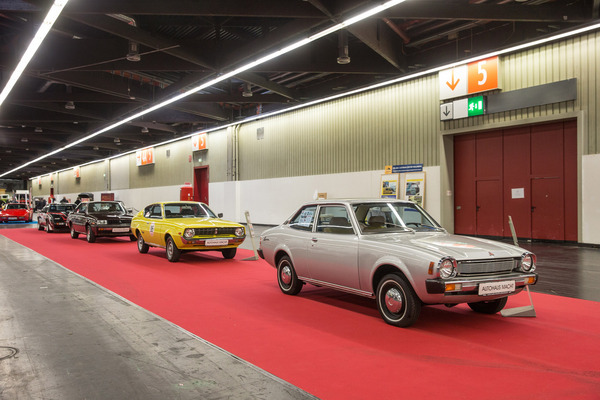
Everything from two wheels to three axles
In addition to automobiles, historic trucks, tractors and, of course, motorcycles and mopeds were also represented.

BMW exhibited racing cars from the pre-war 328 to the M3 as well as the model range from the 1950s, consisting of the 502, 503, 507 and Isetta.
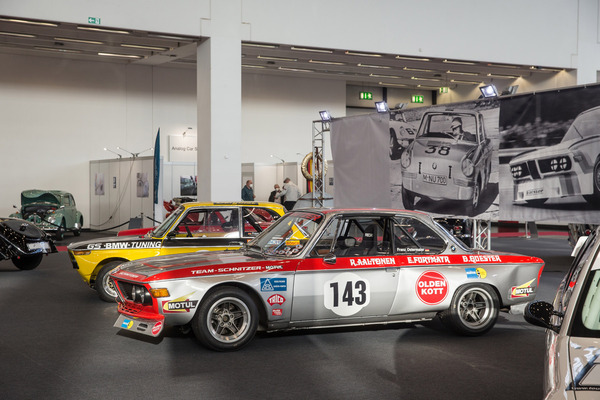
A great deal of effort and enthusiasm could be felt in the four halls, but unfortunately this was not really rewarded. It is sad to see how much effort is put into organizing a trade fair like this, only for it to be nipped in the bud by a new wave of infections. But even if many things were not what we had hoped for a few weeks ago, a slimmed-down classic car fair is still better than none at all.
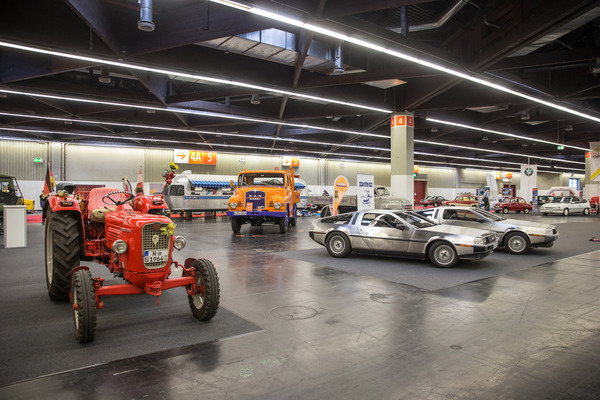
At the moment, nobody knows exactly how things will continue and whether the trade fairs in Paris and Essen can take place next spring. Retro Classics Bavaria is cautiously optimistic and has already announced the planned date for the next edition: December 1 to 4, 2022


